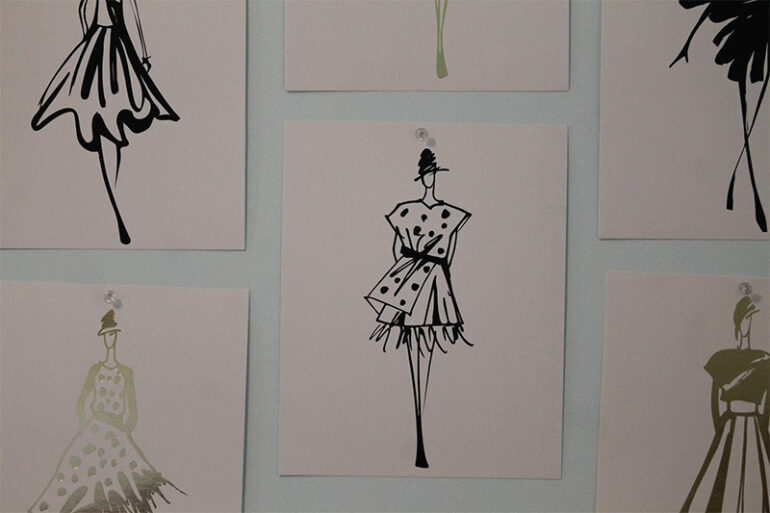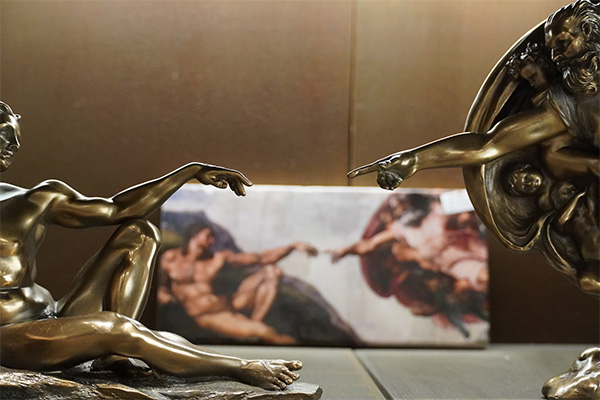Since it reflects our changing civilizations, ideas, and experiences, art has been a basic feature of human society. From the first cave paintings that caught the core of survival and connection with nature to the sophisticated Renaissance masterpieces honoring humanism, creative expression has always changed. Every age reveals how society understands beauty, emotion, and truth, therefore reflecting the values and inventions of its time. Traveling across the annals of art reveals a rich tapestry of movements and styles that not only record our past but also challenge and inspire our present and future.
Prehistoric and Ancient Art Styles
Early artistic expressions arose from the necessity for documentation and communication of experience. Often showing animals and hunting scenes, cave paintings highlighted the interaction between people and their surroundings. Art evolved as civilizations grew; ancient societies such as the Greeks and Egyptians produced complex sculptures and murals expressing religious ideas and social values, hence developing their sophistication. Reflecting the need of order and harmony, these works frequently stressed symmetry and proportion. Using stones, clay, and metal marked a major development since it made it possible to depict life, mythology, and the human form more faithfully and precisely.
Classical and Medieval Art Styles
The era signaled a move toward more sophisticated methods and thematic depth. Emphasizing the beauty of the human form and the subtleties of feeling, artists with humanism concentrated on Greek and Roman influences predominated; sculptures and buildings displaying idealized characters and huge buildings like temples and amphitheaters displayed. Often serving religious goals, art developed a more spiritual quality in the Middle Ages. Stained glass and illuminated manuscripts were rather noticeable, distinguished by vivid colors and complex designs meant to tell biblical narratives. This century brought attention to the conflict between divine representation and earthly beauty, therefore preparing the ground for next creative advances.
Renaissance and Baroque Art Styles
This turning point, a rebirth of interest in classical antiquity, set off European inventiveness and invention. Leonardo da Vinci and Michelangelo investigated perspective, anatomy, and light to produce masterpieces with before unheard-of realism that caught the human experience. While ideas of individuality and secularism blossomed, chiaroscuro brought richness and depth. The Baroque style developed following the Renaissance and distinguished by dramatic emotion, movement, and rich detail. Artists like Caravaggio and Rembrandt invited spectators into a dynamic interaction of light and shadow that communicated both grandeur and intimacy in their works by using strong contrasts and emotional intensity.
Modern and Contemporary Art Styles
Driven by fast society changes and technical developments, creative expression underwent a radical transition in the late 19th and early 20th centuries. Focusing on catching ephemeral events and the effects of light, movements like Impressionism broke away from conventional methods. Emphasizing abstraction and the subconscious exploration, artists seeking to defy conventions developed forms like Cubism and Surrealism. Modern art keeps changing and uses several media to explore difficult subjects such the environment, politics, and identity. Often breaking the boundaries between art and daily life, this era honors uniqueness and experimentation, therefore enabling viewers to participate in fresh and provocative ways.
From prehistoric periods to the modern day, art reflects not only the aesthetic values of every period but also the changing cultural, social, and technological environments, thereby reflecting a great journey of human expression. Artists have encouraged a conversation spanning time by always pushing limits and investigating new media, therefore enabling audiences to interact with the complexity of life and the many ways in which we understand reality. This continuous change emphasizes how important art is in reflecting and forming the human experience, therefore guaranteeing its relevance and resonance across many generations.
Photo Attribution:
1st & featured image by https://unsplash.com/photos/man-in-black-suit-jacket-and-pants-illustration-69shQ1GRiDY
2nd image by https://unsplash.com/photos/a-statue-of-a-man-and-a-woman-touching-each-other-xwfH4its1ro

